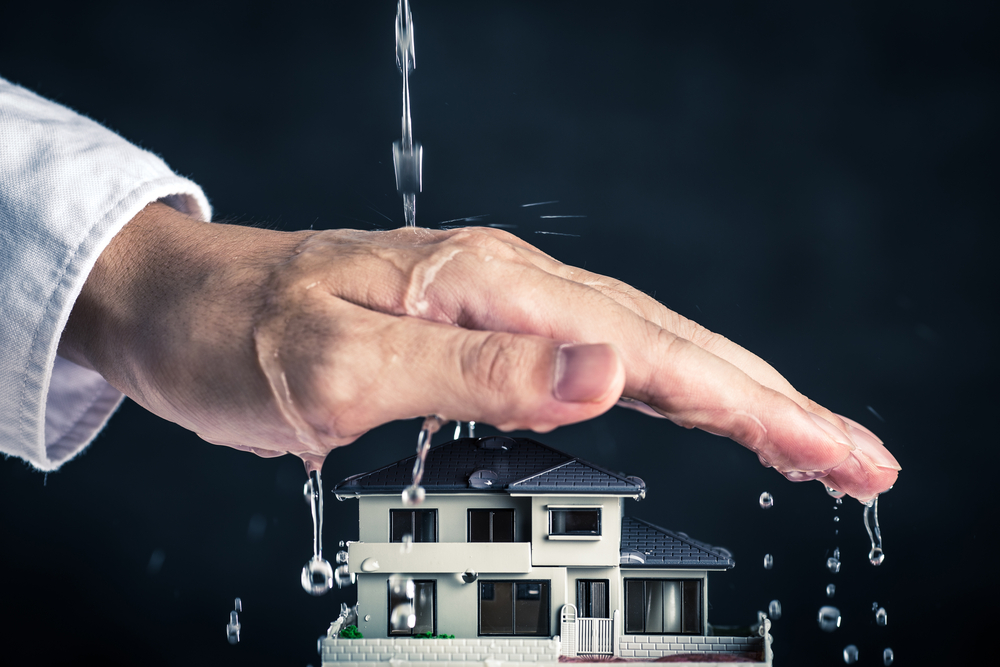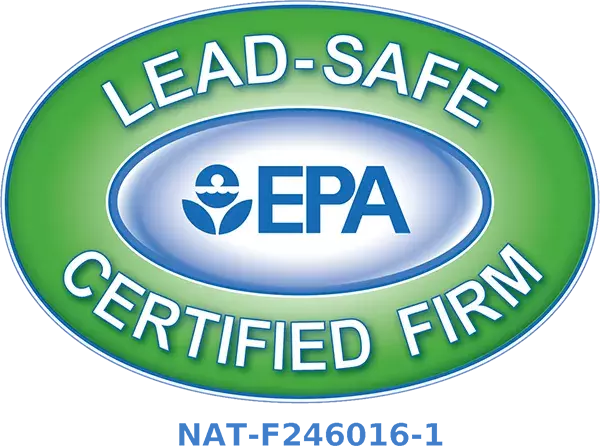There’s nothing like coming home to find your ceiling caved in and water streaming down your walls. Water damage can be very distressing, especially if you weren’t prepared for it or have no idea how to deal with it properly.
After water damage, one of the most important steps is removing excess moisture from your home as quickly as possible.
Standing water increases the likelihood of mold growth, serves as a breeding ground for bacteria, and causes irreparable damage to your home’s structure and finishes.
Once you’ve done all you can to get rid of standing water, these tips will help you restore your home to normal after water damage.
Shut Off All Utilities
The first thing you need to do is shut off all utilities. This includes electricity, gas, and water. You don’t want to risk further damage by leaving these on. If the water comes from a broken pipe, you’ll need to turn off the water at the main valve. Once everything is off, you can assess the damage and start planning repairs.
Get As Much Water Out as You Can
One of the most important things you can do is to get rid of as much water as possible. Use a wet or dry vacuum or a pump to remove standing water, then mop or blot with towels to soak up any remaining water. This will help prevent further damage and make the drying process go faster.
Dry Out the Affected Areas
One of the key things you can do after water damage is to dry out the affected areas. Use fans and dehumidifiers to dry out the area, and if possible, open up windows and doors to allow air circulation. This will help prevent mold and mildew from growing, which can cause even more damage to your home.
Clear Out Damaged Items
If an item is damaged beyond repair, it’s best to get rid of it. Not only will this help reduce the amount of clutter in your home, but it will also help prevent the spread of mold and mildew. Clearing out damaged items includes anything soaked through with water, or anything that has come into contact with sewage.
Dry And Disinfect Any Salvageable Items
Once you have salvaged your items, dry and disinfect any salvageable items. You’ll also want to disinfect all surfaces with a bleach solution. This is integral for the removal of bacteria, and to ensure that mold does not take hold. Once everything is sanitized, you can begin the repair process.
Replace All Damaged Wood
Water damage can cause wood to warp, swell, and break. So, one of the steps in restoring your home is replacing damaged wood. This includes floorboards, baseboards, door frames, and anything else made of wood. You may be able to salvage some of the wood if it’s not too badly damaged. But it’s better to be safe than sorry, so better to take caution and replace it.
If your home has been affected by water damage, the best thing you can do is consult with and hire professionals. They have all the tools and experience necessary to repair your home and restore everything to its optimal state.


